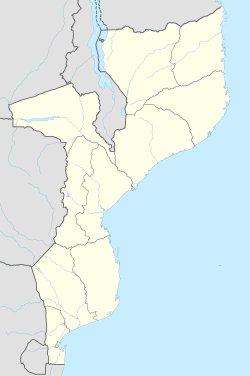| Abacetus evulsus | |
|---|---|
| Scientific classification | |
| Kingdom: | Animalia |
| Phylum: | Arthropoda |
| Class: | Insecta |
| Order: | Coleoptera |
| Suborder: | Adephaga |
| Family: | Carabidae |
| Genus: | Abacetus |
| Species: | A. evulsus |
| Binomial name | |
| Abacetus evulsus Peringuey, 1904 | |
Abacetus evulsus is a species of ground beetle in the subfamily Pterostichinae. [1] It was described by Peringuey in 1904. [1]
